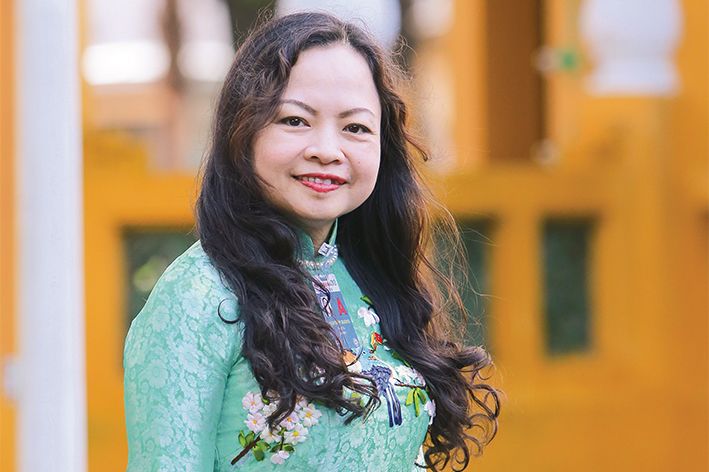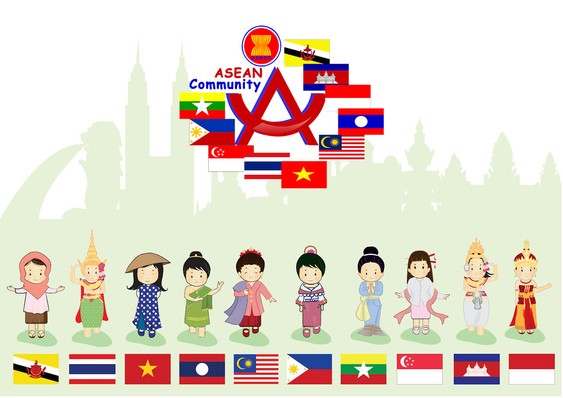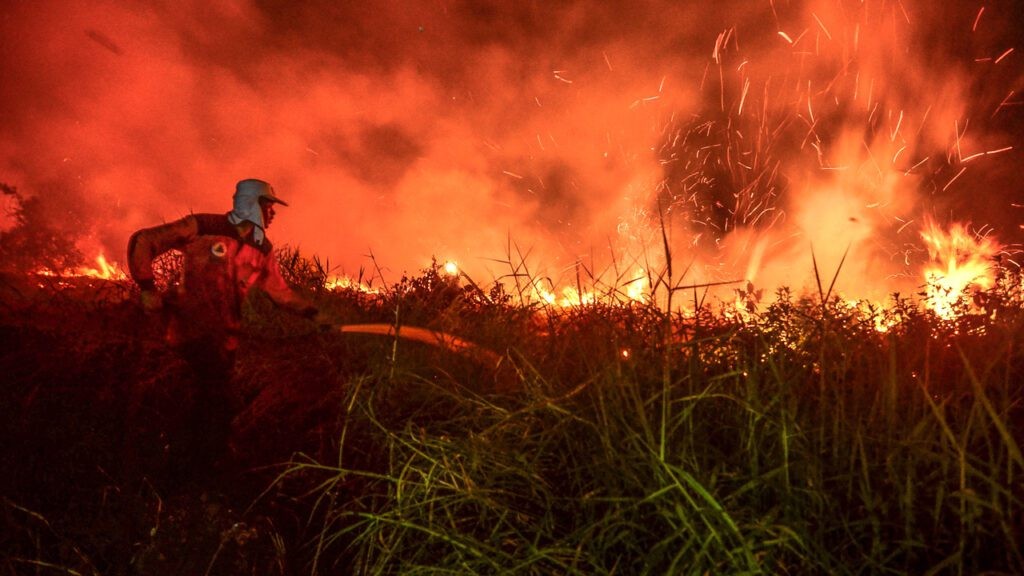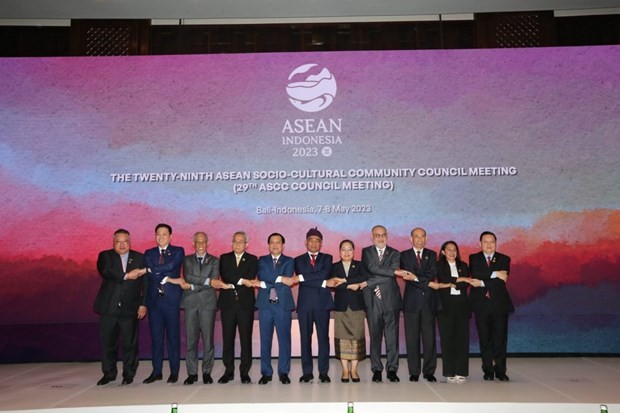
The ASEAN Socio-Cultural Community: For the ASEAN Citizens
Latest
 |
| Ambassador, Dr. Luan Thuy Duong. |
Through the 2nd Informal ASEAN Summit on December 1997, ASEAN leaders adopted the Document of ASEAN Vision 2020. The vision made clear about the ASEAN community is well aware of its relationships in history, cultural heritage, bounded up each other by regional identity; associated and covered on society; children, adolescents, women and the elderly have been concerned by society; the disabilities and disadvantages have received the special attention; the power of civil society is enhanced; social justice and the rule of law are upheld; human’s welfare and dignity are featured; a green and clean environment is focused, etc.
For that vision, ASEAN countries have agreed to build a Socio-Cultural Community to promote the formation of a sense of regional identity, regional awareness and construct mutual understanding among the people in ASEAN countries.
At the 10th ASEAN Summit in Vientiane, Laos in November 2004, the ASEAN Leaders adopted the Overall Plan and Action Plan to build the ASEAN Socio-Cultural Community (ASCC), with six elements: (i) Human development, (ii) welfare and social insurance, (iii) Social rights and equality, (iv) Ensuring environmental sustainability, (v) Constructing ASEAN identity and (vi) Narrowing the development gap.
Thus, it can be seen that the ASEAN Community in general and ASCC in particular consider human development as a top priority in all plans. ASCC focused on people-centred and social responsibility to build lasting solidarity and unity among ASEAN nations and peoples, by moving towards a common identity and building a sharing society, covering, harmonious and open-minded where people's lives, living standards and welfare are enhanced.
At the 27th ASEAN Summit on November 27, 2015 in Malaysia, along with the Declaration on the History of the Formation of the ASEAN Community on December 31, 2015, ASEAN leaders signed the ASEAN Community Vision 2025.
Accordingly, ASCC in the ASEAN Community Vision 2025 has clarified the content of a people-centered community, which will bring many opportunities and specific benefits, reaching all levels of society. Consumers will have a wide choice of goods and services with suitable quality and cost.
Students, engineers or entrepreneurs can find opportunities to study, exchange and learn, improve their qualifications, find a job or expand their production and business. The rights of women, children, the elderly and disadvantaged groups will always be concerned, promoted and protected.
Skilled workers in 8 fields with mutual recognition agreements (accounting, engineering, surveying, architecture, nursing, medical services, dental services and tourism) have the opportunity to experience employment in all ASEAN countries and it can be expected in the future that such arrangements will continue to be completed and extended to many other occupations.
In 2020, while serving as the ASEAN Chair, Vietnam launched an initiative to discuss the ASEAN Community Vision after 2025. This initiative was approved with a high consensus. ASEAN leaders agreed that the ASCC in the New Vision should orientate and associate people with each other much more, and support people to be more active, proactive and responsible in participating in building a society that best serves the people themselves. Thus, in order for the ASEAN Community to realize its people-centered goal, the ASCC must contribute to demonstrating 3 perspectives: Community of the people, by the people and for the people.
The community of people in the ASEAN Community will benefit more from the increasingly diverse and in-depth cooperation activities within the framework of the ASCC. Reducing the risks of conflict and increasing cooperation within the framework of transnational crime prevention will contribute to making people's lives safer. The basic liberties of the people also need to be promoted and protected more. Cooperation on the rights of migrant workers and the rights of women and children is promoted, which will contribute to ensuring the rights of this particular group of people. The cooperation in human resource development, towards harmonization of standards and recognition of qualifications and skills among ASEAN countries will create conditions for people, especially skilled workers, to freely migrate and find more favorable job opportunities in the region.
 |
| The ASEAN Socio-Cultural Community: For the ASEAN Citizens (Photo: Internet) |
A community of people is a community in which people are increasingly associated with each other through cooperation mechanisms; cultural and artistic exchanges to enhance their understanding of diverse cultures in ASEAN. Through the regular exchange of characteristics of each culture, between ASEAN countries and between ASEAN and countries in dialogue, people have both conditions to expand their understanding and gradually build up a sense of being a member of an ASEAN Community.
The Community of people is the people who see themselves as part of the community, and have responsibility for building that community. The ASEAN people themselves will pay much more attention to ASEAN, support government policies and make practical contributions to the Community.
Thus, from now to 2025 and beyond, in order for each person in the ASEAN member countries to truly see themselves as an ASEAN citizen, the ASCC needs to focus on raising people's awareness of ASEAN, the consciousness of each person about the community that we are part of a social community that care about each other in all aspects of life.
ASEAN leaders also need to listen and create more appropriate mechanisms for the practical wishes of ASEAN citizens to be met. If ASEAN really wants to establish a "common home" for ASEAN citizens, then leaders need to understand the thoughts and aspirations of all "family members".

















